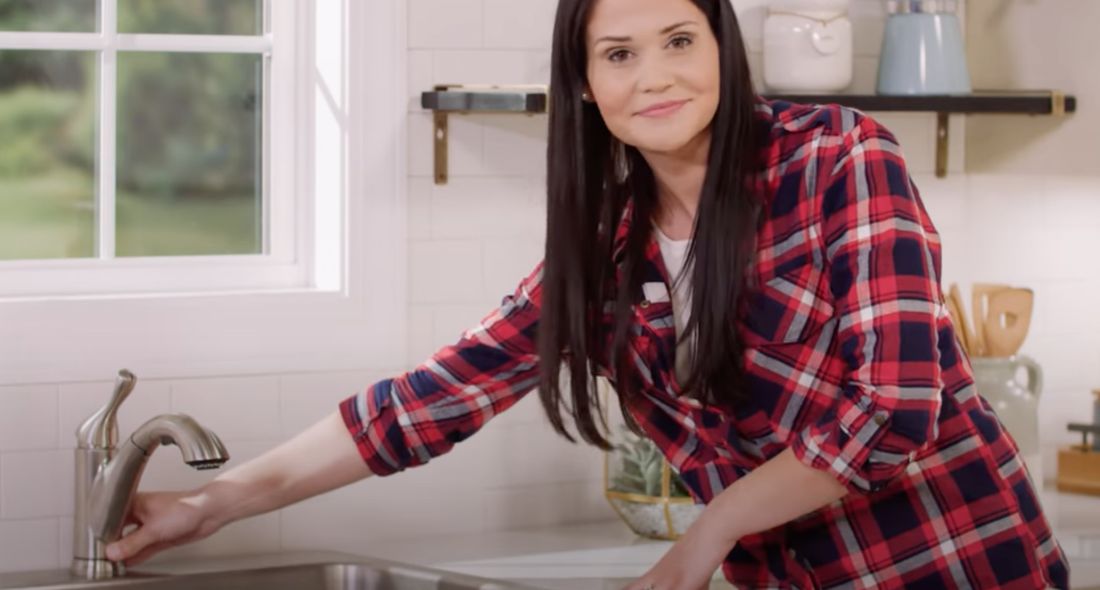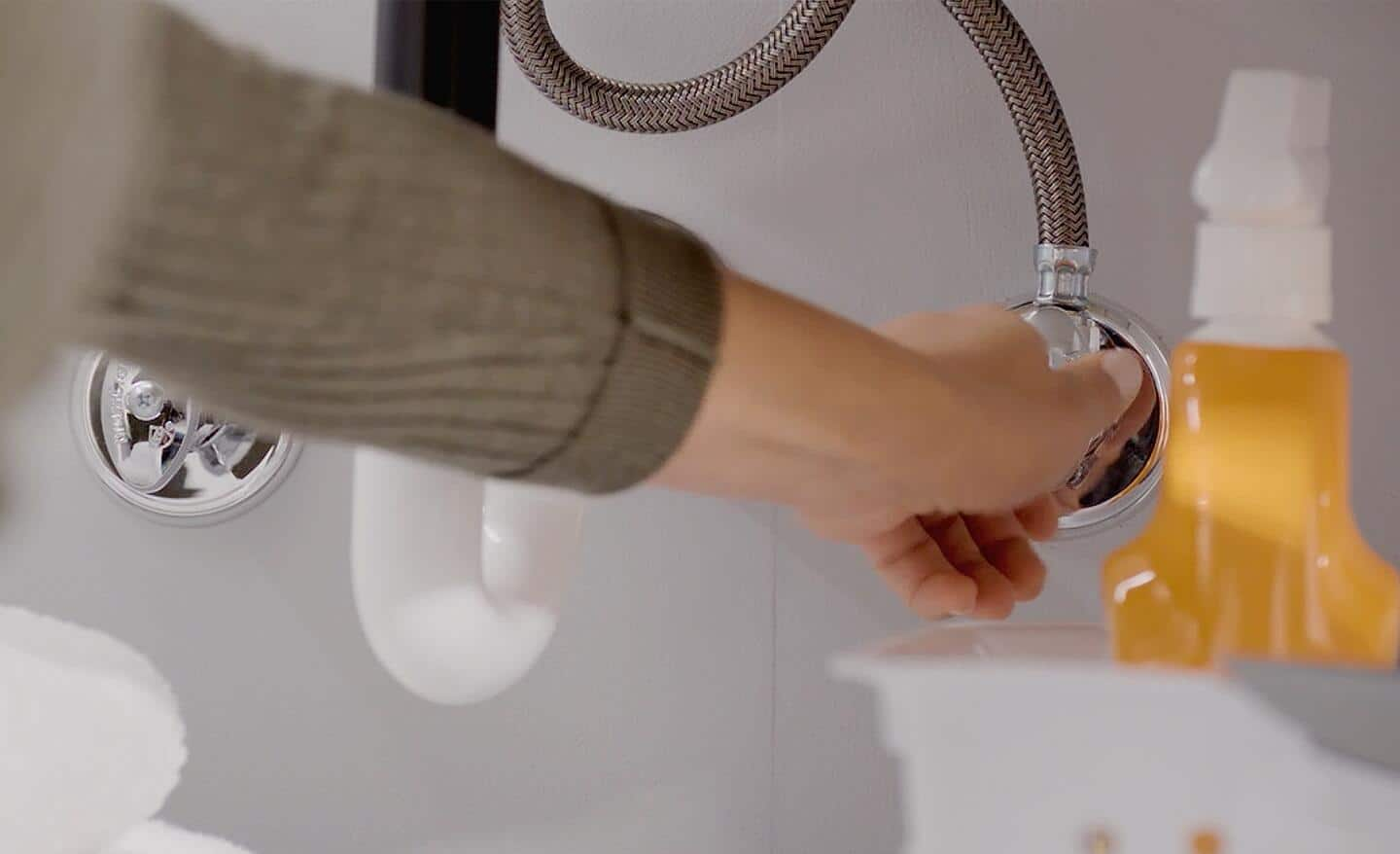An Merits of Correcting a Leaking Faucet
An Merits of Correcting a Leaking Faucet
Blog Article
The article below relating to Leaky Faucets: Why They Happen & What to Do About Them is relatively motivating. Check it out for your own benefit and decide what you think of it.

Trickling faucets may feel like a small aggravation, but their effect surpasses simply the nuisance of the noise. From drainage to sustaining unnecessary economic prices and health risks, disregarding a leaking tap can result in numerous consequences. In this article, we'll delve into why it's important to resolve this usual house concern without delay and effectively.
Wastefulness of Water
Ecological Effect
Dripping taps add considerably to water waste. According to the Environmental Protection Agency (EPA), a single tap leaking at one drip per secondly can waste more than 3,000 gallons of water per year. This not only strains water resources yet additionally affects ecological communities and wildlife depending on them.
Financial Costs
Boosted Water Costs
Beyond the environmental impact, trickling taps can inflate water costs substantially. The collected waste in time equates into higher utility expenses, which can have been stayed clear of with prompt repair work.
Potential Residential Or Commercial Property Damages
Additionally, long term trickling can lead to damage to fixtures and surface areas bordering the tap. Water buildup can trigger staining, corrosion, and even architectural concerns if left unattended, leading to additional repair work costs.
Wellness Issues
Mold And Mildew and Mildew Development
The constant presence of moisture from a dripping faucet creates an ideal environment for mold and mildew and mold development. These fungi not only endanger indoor air high quality but also present health and wellness dangers, especially for individuals with breathing problems or allergies.
Waterborne Conditions
Stagnant water in trickling taps can end up being a breeding place for bacteria and various other virus, enhancing the threat of waterborne diseases. Impurities such as Legionella microorganisms grow in stationary water, potentially leading to serious diseases when consumed or breathed in.
Do it yourself vs. Specialist Repair service
Advantages and disadvantages of Do It Yourself Repair
While some might attempt to deal with a dripping tap themselves, do it yourself repair work feature their very own collection of difficulties. Without appropriate expertise and tools, DIY efforts can exacerbate the problem or result in insufficient repair services, extending the trouble.
Benefits of Employing a Specialist Plumber
Employing a professional plumber makes certain that the underlying source of the leaking faucet is resolved effectively. Plumbings possess the experience and devices to diagnose and fix tap issues effectively, saving time and decreasing the threat of further damage.
Step-by-Step Guide to Dealing With a Dripping Tap
Tools Needed
Prior to attempting to deal with a dripping faucet, collect the necessary tools, consisting of an adjustable wrench, screwdrivers, replacement parts (such as washing machines or cartridges), and plumber's tape.
Usual Tap Issues and Their Solutions
Identify the kind of tap and the specific concern triggering the drip. Typical problems consist of damaged washers, corroded valve seats, or defective O-rings. Describe supplier directions or online tutorials for detailed support on repair services.
Safety nets
Regular Upkeep Tips
To avoid dripping taps, do routine upkeep such as cleaning aerators, checking for leakages, and changing damaged parts without delay. Furthermore, think about mounting water-saving gadgets or upgrading to a lot more efficient fixtures.
Significance of Prompt Repair Works
Resolving trickling taps as soon as they're noticed prevents further water waste and prospective damage, ultimately conserving both water and money over time.
Impact on Property Worth
Perception of Well-Maintained Residential Property
Maintaining a home in good condition, including addressing maintenance problems like dripping taps, improves its regarded value and desirability among potential buyers or lessees.
Influence on Resale Worth
Characteristics with properly maintained plumbing components, including faucets, command greater resale values in the property market. Attending to trickling taps can contribute to a positive impact during residential or commercial property inspections and arrangements.
Ecological Duty
Individual Payment to Conservation
Taking obligation for dealing with leaking taps straightens with wider initiatives toward water preservation and ecological sustainability. Every individual's actions jointly make a considerable effect on protecting valuable sources.
Lasting Living Practices
By prioritizing timely fixings and adopting water-saving habits, individuals add to lasting living practices that benefit both present and future generations.
Verdict
Attending to a leaking faucet surpasses simple convenience; it's a vital step towards conserving water, lowering financial prices, and securing health and property. Whether via DIY repair work or professional help, doing something about it to fix trickling faucets is a little yet impactful way to promote liable stewardship of sources and add to a much healthier, extra lasting future.
How to Fix a Leaky Faucet: Step-by-Step Repair Guide
A leaky faucet may seem like a simple annoyance, but if it's not fixed promptly, that leak could cost hundreds to potentially thousands. From water damage to mold, mildew, and high water bills, even a tiny leak can be catastrophic if left unattended. Damage like this can even affect the overall value of your home, so it's important to take the right approach for leaky faucet repair. You may need the help of a plumber in some cases, but we've got a few tips you can try on how to fix a leaky faucet before calling the pros.
Four Faucet Types
When you're learning how to fix a leaky faucet, the first step is knowing what kind of faucet you're working with! There are four common types.
Cartridge Faucets
Cartridge faucets come in one- or two-handled varieties. In one-handled cartridge faucets, hot and cold water combines in a single cartridge. In the two-handled versions, hot and cold water are controlled separately and mixed in the faucet.
Ball Faucets
Ball faucets have a single lever you push up and down to adjust the pressure and rotate to change the temperature. A slotted metal ball controls the amount of water allowed into the spout.
Compression Washer Faucets
They're the oldest type of faucet, but they're still used in many homes — especially older ones. Compression faucets have two separate handles that, when turned, raise or lower the washer that seals a water valve. This valve stops water from flowing through the faucet when it is turned off.
Disc Faucets
Disc faucets rarely need to be repaired due to their maintenance-free design. The water flow is controlled by two discs — the upper one raises and lowers against a fixed lower disc, creating a watertight seal. If your disc faucet starts leaking, you may need to replace the seals or clean residue buildup from the inlets.
Fixing a Leaky Faucet
Step 1: Turn Off the Water
Whether you're learning how to fix a leaky bathtub faucet or how to fix a leaky kitchen faucet, always turn off the water supply to your working area when you're fixing a leak. The last thing you want is a flood added to your list of things to fix.
Look for the shutoff valves below your sink or around the tub and turn them clockwise to stop the water flow. If your faucet doesn't have shutoff valves, you may need to turn off the water for the whole house. Check to make sure it's off by turning the faucet on. If nothing comes out, you're ready to start the repair.
Step 2: Take Apart the Faucet
How you disassemble your faucet depends on the type of fixture you have. You can use a flathead screwdriver to remove the caps on top of the handle or handles for cartridge and compression faucets. Inside, you should see handle screws. Unscrew these with a screwdriver to remove the handle.
Disc- and ball-style faucets will typically have an inlet screw near the handle, and removing that will reveal the interior of the faucet.
Detach the Valve Stem
For cartridge- and compression-style faucets, you'll see the inner valve stem or cartridge once you remove the faucet handles. If you have a compression faucet, unscrew the brass valve stem. If you have a cartridge faucet, pull out the cartridge. If your cartridge has been in place for a while, it may require some tools or extra force to remove it due to mineral deposits.
Examine and Replace Parts
Once you've removed the parts, check them out to confirm what needs to be replaced. You may see corroded rubber washers, O-rings, stems, or cartridges. On a ball-style faucet, check the seats and springs for damage.
If you need to repair a leaky disc faucet, check the inlet and seals on the lower disc.
Once you determine what parts must be replaced, visit your local hardware store. Bring the damaged parts with you to ensure you can purchase the correct components to replace them.
Clean Valves and Faucet Cavity
If you've removed a stem or cartridge, you may notice mineral buildup in the faucet's threads. Use white vinegar to clean the valve seat by soaking it for a few minutes, then scrub it away with a soft toothbrush and rinse with warm water. You can also clean the interior of the faucet in the same way.
Reassemble the Faucet
Once your faucet is cleaned and the required parts have been replaced, it's time to reassemble it. Put the pieces back together and slowly turn the water supply back on. Doing this slowly is crucial because too much initial water pressure can damage the new hardware you've just installed.
https://homewarranty.firstam.com/blog/how-to-fix-leaky-faucet

As a fervent reader about 4 Common Reasons for a Leaky Faucet, I assumed sharing that excerpt was really useful. For those who enjoyed our blog posting kindly make sure you remember to pass it around. Many thanks for going through it.
Report this page